By Laura Guiot on 12 Aug 2025
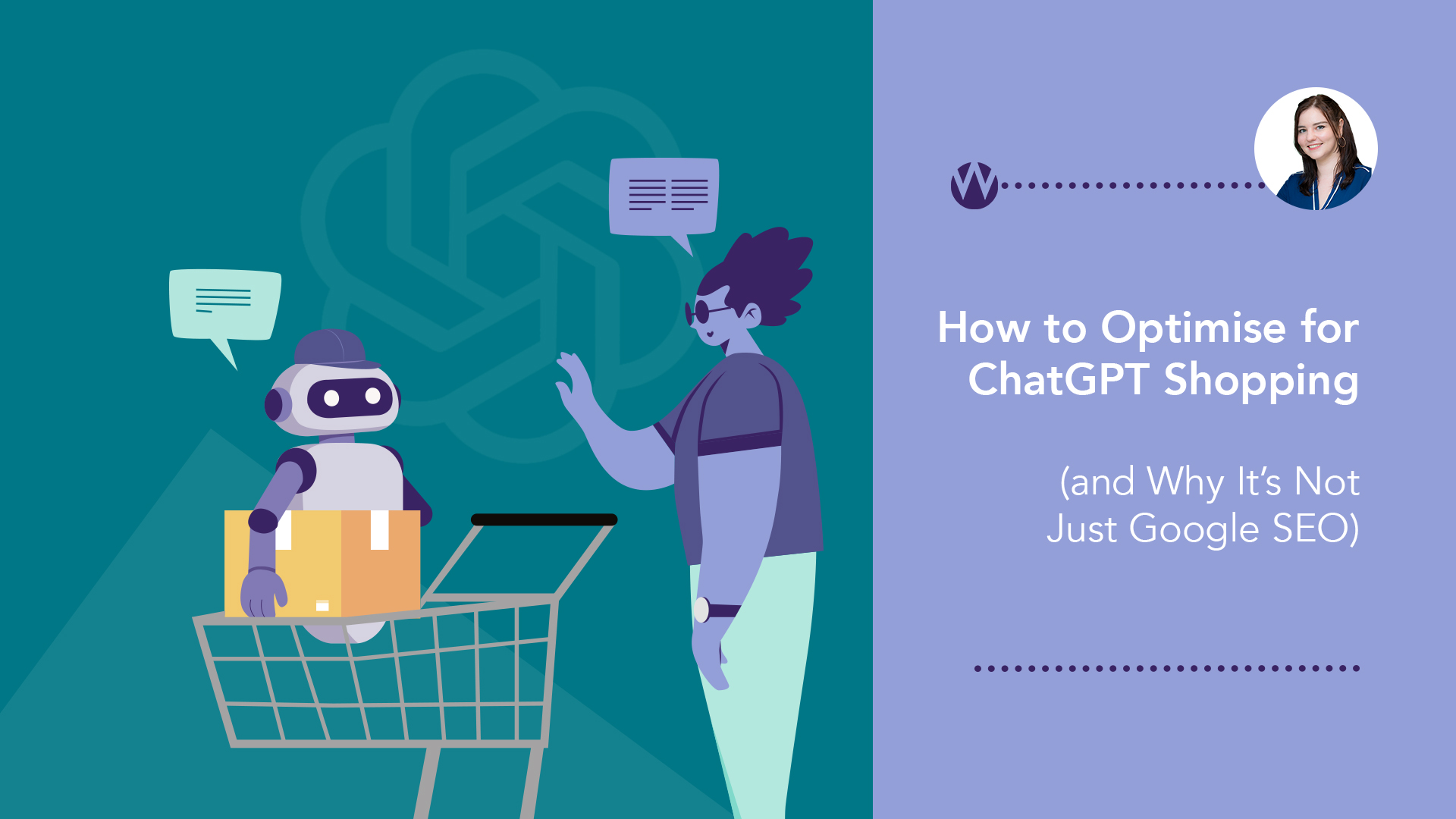
Have you ever spent half an evening bouncing between ten tabs, each promising “the best deal” on that air fryer you definitely don’t need but absolutely want?
ChatGPT’s new Shopping Results feature aims to end that tab-chaos, replacing it with one streamlined conversation, personalised based on previous conversations and preferences.
This is more than a shiny new shopping tab. It’s part of a wider shift in how people search, compare, and buy online. For the first time, a mainstream AI platform with up to 1 billion monthly users is curating product recommendations in real time, without relying on Google.
At Wolfgang, our vision for Search has been clear: by the time users are ‘googling’ in new places, our clients will already be there. ChatGPT Shopping Results is exactly that moment for our e-commerce clients.
Here’s how it looks, how it works, how to optimise for it, and most importantly, how it’s different from traditional e-commerce SEO.
What is the ChatGPT Shopping Feature?
This feature is already up and running for Plus, Pro, Free, and even logged-out users in every country where ChatGPT operates. Here’s a look at it in action:
And the reach? Massive. According to OpenAI’s CEO, Sam Altman, approximately 10% of the planet uses ChatGPT, making it an 800 million to 1 billion worldwide audience (source). While already impressive, ChatGPT usage has been steadily growing, including in Ireland, so the potential reach will only increase from here.
So, How Does ChatGPT Choose What to Recommend?
Short version: it listens to the shopper, not the advertiser (for now).
When ChatGPT detects purchase intent within a conversation (e.g. “espresso machine for a tiny kitchen”), it weighs a mix of signals to showcase products:
-
Explicit asks: size, budget, colour, usage
-
Implicit cues: brand preferences or dislikes mentioned earlier in the same or previous chats
-
Product-side quality signals: structured data, complete product info (price, stock, shipping), content depth (FAQs, how-tos), and customer reviews
-
Brand authority: perceived credibility based on onsite and offsite signals
Importantly, while ChatGPT confirms using the above signals to determine which products to display, it is not yet using price, shipping speed, return policy, or review sentiment to re-rank results. Also, only organic results are shown for now, no paid placements, though this could soon change.
Before we dive into the practical steps, it’s worth taking a moment to understand how optimising for ChatGPT Shopping isn’t just “Google Shopping with a twist.” The rules of the game (and the signals that matter), are already evolving in ways that make this a fundamentally different channel.
How ChatGPT Shopping SEO Differs from Google Shopping SEO
If you treat ChatGPT like another Google, you’ll miss its biggest advantage: conversational context and multi-source trust signals. While many of the fundamentals (crawlability, structured data, high-quality content) still matter, there are core differences in how brands get discovered and stay in the conversation.
Area |
Google Shopping / Traditional E-commerce SEO |
ChatGPT Shopping SEO |
Ranking Signals |
Single-engine algorithmic signals: links, on-page relevance, feed quality, CTR | Multi-source trust: onsite (structured data, complete PDP content), offsite (brand mentions/reviews across the open web), plus conversational context/preferences |
Query Intent |
Single keyword-driven query; intent inferred from the phrase | Built from multi-turn dialogue; remembers and interprets preferences, constraints, dislikes |
Result Format |
Product listings on a SERP with image, price, meta. | Curated recommendations woven into a conversation, often as part of a natural answer to a user’s question. |
Personalisation & memory |
New query = fresh results. Memory is limited: session, location, device; cookies and signed-in data (with consent) | Recommendations adapt within the same conversation as users explain what they want. Memory is based on the current chat and if history is enabled, previous chats. |
Tracking & Attribution |
Clear click → session → conversion | Tagged with utm_source=chatgpt.com but often part of a longer, AI-assisted purchase journey. |
Content Structure |
Optimised for crawler parsing/snippets; feed + HTML hygiene | Optimised for LLM comprehension; conversational, structured answers to fit/use questions (e.g., “Will this fit under a standard kitchen cabinet?”). |
Commercial Model |
Mix of organic and paid listings | Currently organic-only; early-mover opportunity before paid placements |
Freshness & availability |
Near-real-time via Merchant Center feed (and schema) | Crawl-first; relies on clearly exposed price, stock, and returns in page content and structured data. |
Takeaway: To win in ChatGPT Shopping, think beyond “ranking” for a single keyword. Your goal is to become the go-to recommendation the AI keeps bringing up across a shopper’s entire buying journey.
How to Optimise for ChatGPT Shopping in 5 Clear Steps
1. First, Let the Bot In
If OpenAI can’t crawl your site, you’re invisible. Your robots.txt should roll out the welcome mat:
- User-agent: OAI-SearchBot
- Allow: /
Once the door’s open, make the crawl smooth:
- Keep your sitemap.xml fresh and error-free
- Monitor crawl and index issues in Search Console
- Serve fast pages with solid Core Web Vitals
- Use clean HTML and descriptive alt text (better for bots and humans)
2. Speak Schema Fluently
Crawlability is the invite, but structured data is the real game-changer. LLMs need structured data to confidently understand and display your products. Tests with our clients show detailed markup already boosts visibility in Google AI Overviews, and the same logic applies here.
Must-have fields for every product page include:
- Name, description, SKU, image
- Real-time price and availability
- Brand/manufacturer info
- Shipping and return details
- Aggregate rating and individual reviews
- Structured blocks like FAQ or How-To markups
For scale, implement dynamic schema templates that pull directly from your CMS rather than hard-coding each page. Shopify, WooCommerce, and most headless stacks support this.
3. Design Product Pages with AI in Mind
LLMs can act like your digital salespeople. But to sell, they need the right information from your Product Detail Pages (PDPs). Here’s what makes a difference:
- Titles: Concise, brand-forward, and feature-rich. “DeLonghi Dolce Gusto Piccolo XS Coffee with Milk Frother” ticks all the boxes.
- Descriptions: Conversational and benefit-led. Skip the keyword stuffing and answer real user questions that mirror how people speak to chatbots like “Does it fit under standard kitchen cabinets?” or “Can I use ground coffee and pods?”
- Structure: Use a proper heading hierarchy (H1, H2, H3), bullet lists for specs, and short, scannable paragraphs. Often overlooked, good structure and formatting have proven to make a real impact on AI-related visibility and performance.
- Visuals: Crisp product images, lifestyle shots, and 360° views if available. Think about high quality but balance it with fast loading speeds and strong Core Web Vitals.
- Content Depth: Don’t stop at surface-level info. Include decision-support content like FAQs and How-Tos, with relevant schema markup.
4. Build Your Brand Recognition
ChatGPT needs to trust you before it recommends you. So how do you become a trusted source?
Onsite: Build your topical relevance with strategic content like how-tos, trend roundups, and comparisons, all linking to your product pages and collections. Use natural, conversational queries like “What’s the best espresso machine for small kitchens?” and make sure to update the information if anything changes.
Offsite: Earn mentions in third-party content such as editorial reviews, product roundups and shopping guides. While it’s unclear whether ChatGPT uses Domain Rating as a ranking factor (typically a focus in link-building strategies), the platform has confirmed that offsite links and brand mentions are used as signals of trustworthiness.
5. Turn Reviews into Rocket Fuel
Reviews are sometimes seen as a “nice to have,” but for shopping platforms like ChatGPT, Amazon, or Google Listings, they can be a key decision factor. Interestingly, ChatGPT aggregates product reviews from across the open web before deciding what to recommend. This includes your website, but also social media, mainstream review sites, marketplaces, and even discussion forums like Reddit.
Onsite: Collect reviews from previous customers. There are several review platforms that can help with collection and seamless implementation on your website. Gathering reviews can be part of your email strategy, using a post-purchase flow with a small incentive, including points or discounts. Make sure reviews are clearly visible on your product pages, properly formatted, and marked up with aggregateRating and review schema.
Offsite: Encourage customers to leave reviews on Google, Trustpilot, Reddit, and relevant industry-specific communities. These external signals play a role in determining your brand’s likelihood to make the cut in the ChatGPT Shopping feature.
Can E-commerce Websites Directly Submit Their Feed?
OpenAI is working on a way for merchants to submit product feeds directly, but this feature is not live yet, and there’s no official timeline.
As a digital agency, we’re monitoring progress closely and will update this article as soon as that changes.
Tracking ChatGPT Performance and Sales
Once OAI-SearchBot is crawling your site, ChatGPT adds a referral tag to outbound links:
utm_source=chatgpt.com.
This means you can track ChatGPT-driven performance (pageviews, sessions, revenue, and more) directly in GA4 without any additional setup from your analytics team.
A neat trick: if you’re using Looker Studio dashboards (as we are at Wolfgang Digital), you can monitor all LLM visibility, traffic and sales. Volume is still modest, but it’s growing fast meaning this opportunity is only just beginning.
Regular tracking will help you:
- Identify your high-converting pages
- Optimise top performers
- Build a business case for investment
- Stay ahead of the curve before the channel gets crowded
Final Thought
ChatGPT is seriously stepping into the search engine game, adopting features that took Google years to build. But its advantage is clear: it delivers a conversational experience, layering information from across the web in a way that feels natural and personal. With 10% of the global population already using it, we expect this number to grow quickly. The steps outlined above aren’t just SEO housekeeping; they’re how you show up in a new kind of shopping experience used by hundreds of millions, with zero paid media cost.

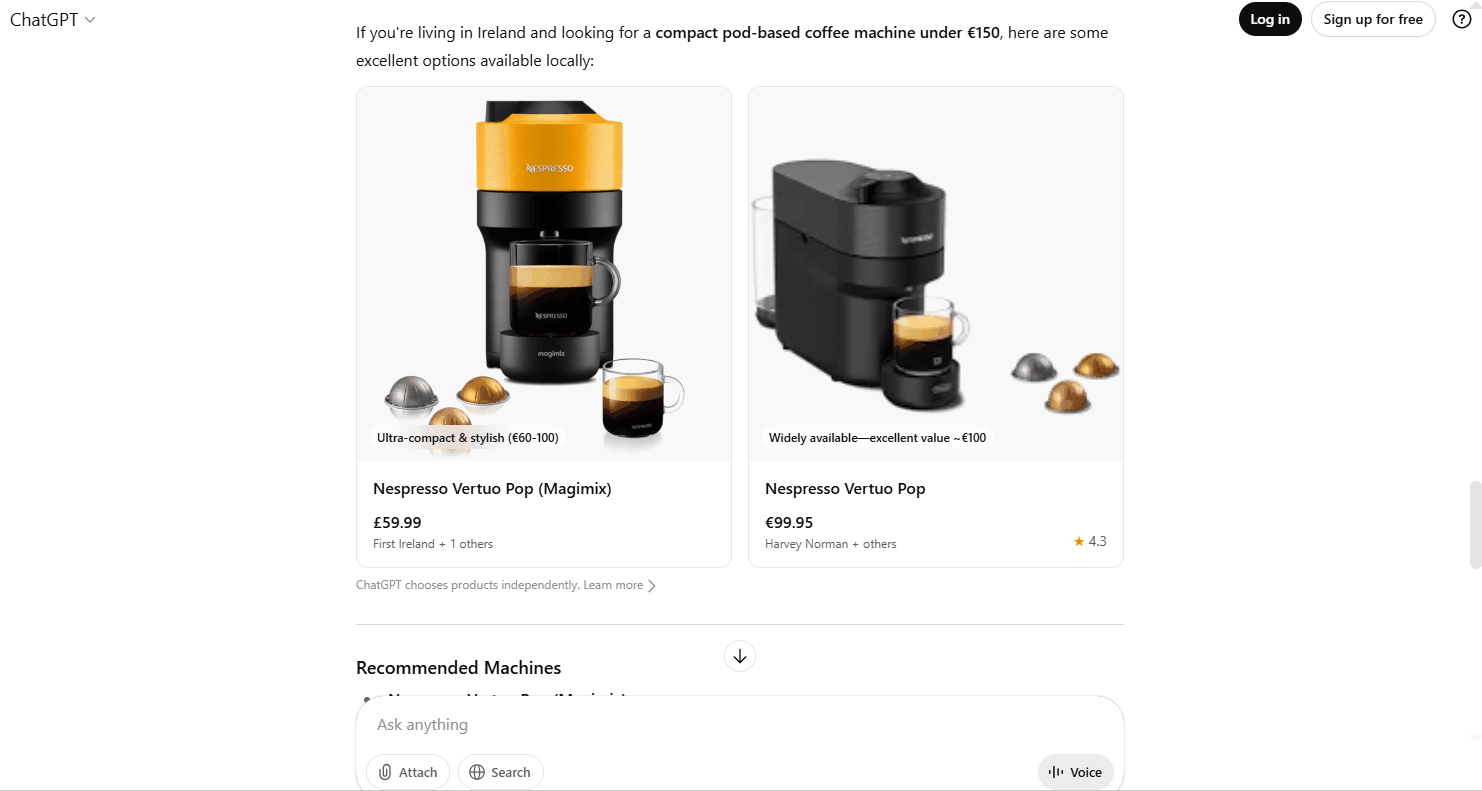
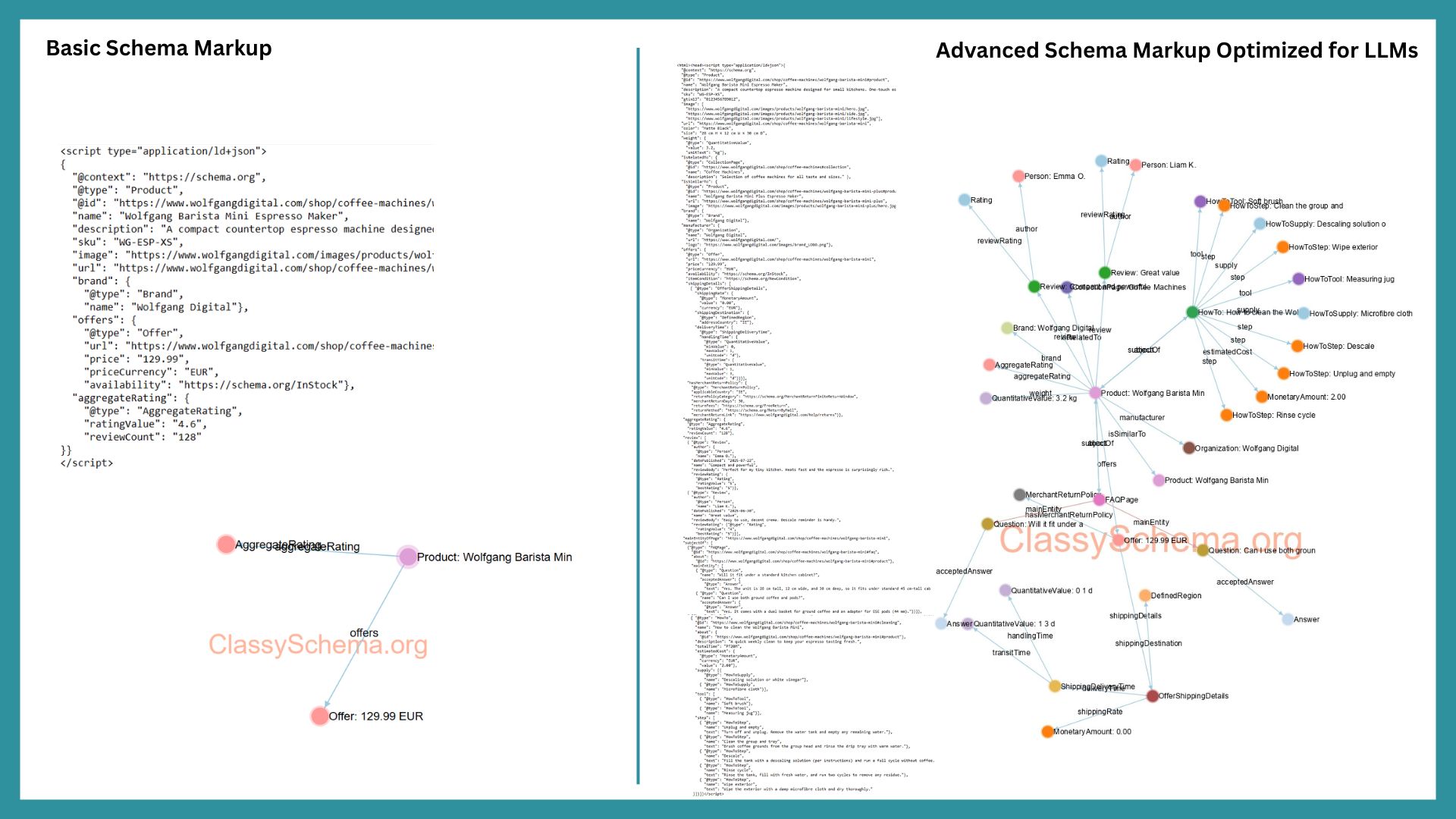
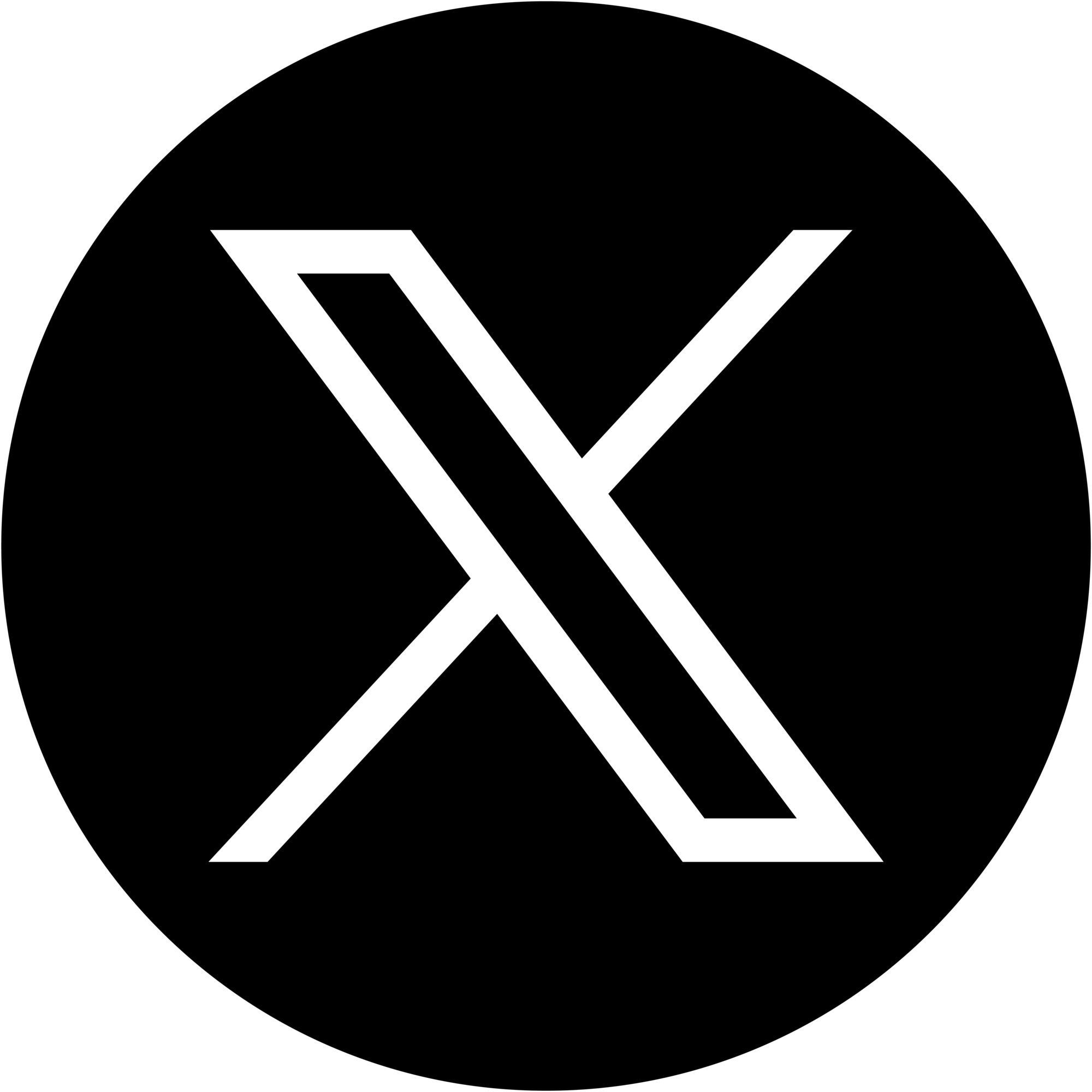
.png)
.png)



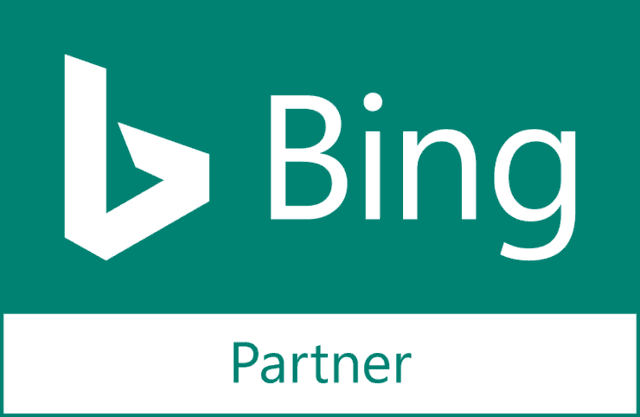
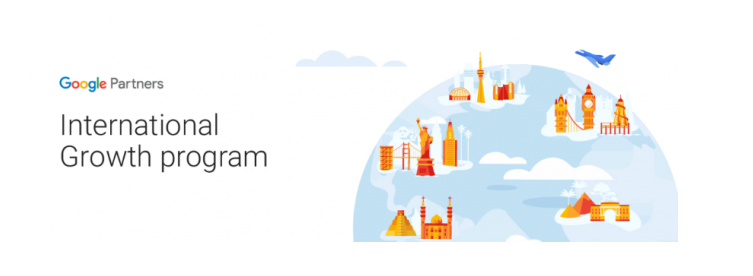
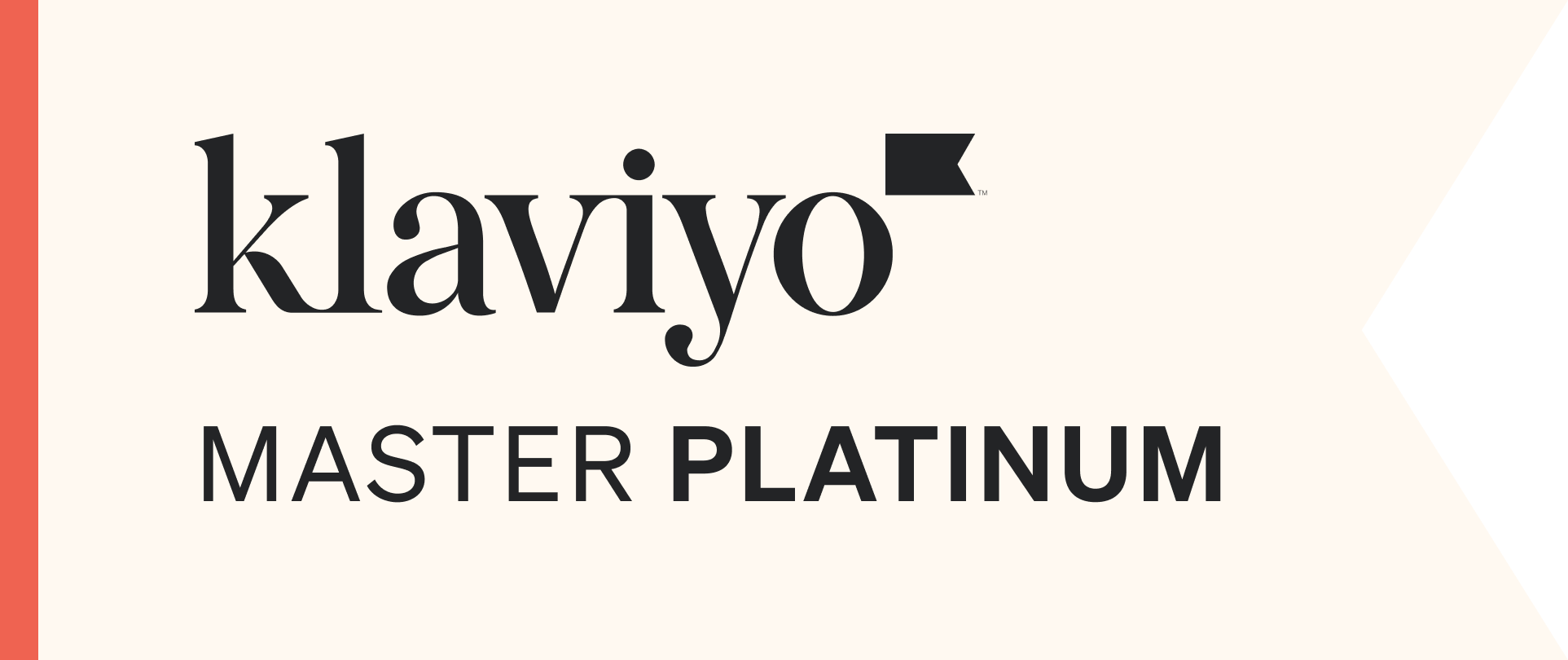

_2025.png)

